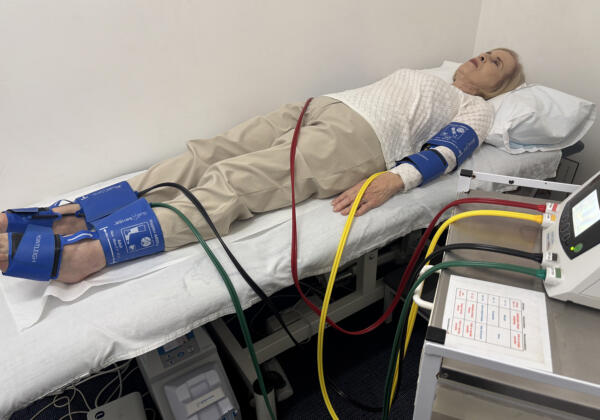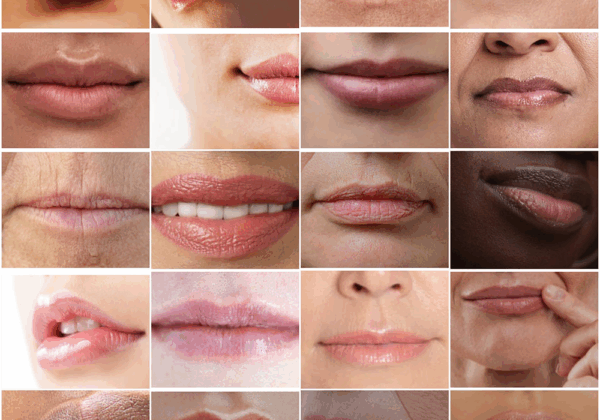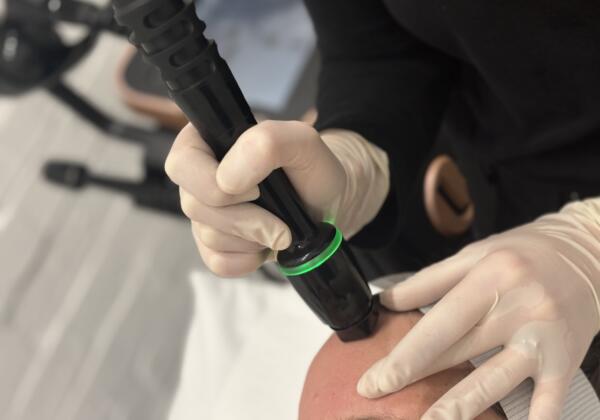What is Pityriasis Alba?
Classic Pityriasis Alba is a skin disorder that is usually asymptomatic and mildly itchy, it is characterized by moderately scaly hypopigmented (skin lacking pigment) macules that are poorly defined. Pityriasis Alba can last for months up to years and is considered a form of low-grade eczema and an indication of atopic dermatitis. There are two other variants of this disorder, Pigmenting Pityriasis Alba, more commonly seen in children and Extensive Pityriasis Alba, more commonly seen in adults.
Both genders between the ages of three and sixteen years are affected by Pityriasis Alba accounting for 1.9% to 8.4% of the global population. Approximately 10% of teenagers globally between the ages of thirteen and sixteen have Pityriasis Alba. Children in developing countries are highly susceptible towards developing Pityriasis Alba, accounting for 90% of pre-adolescents.
Classic Pityriasis Alba:
- Found on the face, buccal and frontal regions and on the cervical and antebrachial regions
- Presents mild erythema
- Hypopigmentation macules (white or pink)
- No pattern of distribution of macules
- Macules undefined, circular or oval
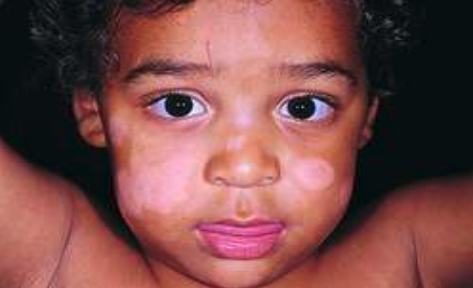
Pigmenting Pityriasis Alba:
- Scaly blue-like hyperpigmented macules outlined by hypopigmentation
- Typically occurs on the face
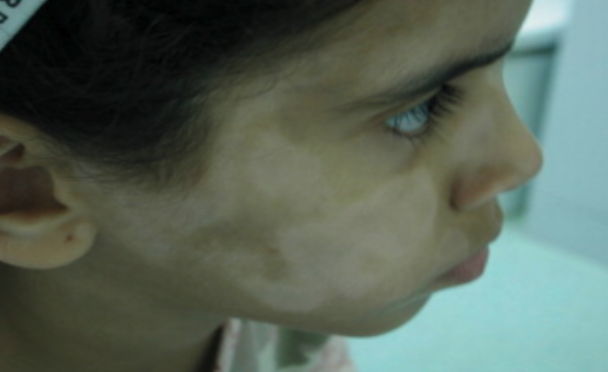
Extensive Pityriasis Alba
- Macules are generalized and symmetrical
- Less scaly
- More apparent on the trunk
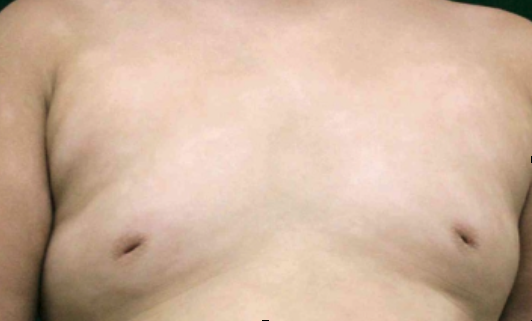
Possible contributors to the cause of Pityriasis Alba can include:
- Microorganisms such as; Streptococcus, Aspergillus, Pityrosporum and Staphylococcus
- Temperature, air humidity, excessive sun exposure and altitude
- Bacteria, fungal and parasitic infections (PPA)
- Malassezia yeast (EPA)
- Excessive production of melanin resulting in poor skin hydration (PA)
- Frequent bathing, soap emollients and poor skin hygiene
Treatment of Pityriasis Alba
As Pityriasis Alba is commonly seen in children, parents will often pose concern and seek advice from a medical professional. It is important that patients experiencing Pityriasis Alba, as well as, those around them whom pose concern, are educated that the macules are benign and will not be contagious nor permanent in most cases. It is essential for the patient to understand that most often Pityriasis Alba will eventually resolve on its own accord over time.
Always seek and follow professional medical advice. Remember that Pityriasis Alba macules are benign and non-contagious. No treatment is necessary for Pityriasis Alba as it is a self-limiting skin disorder however management strategies can include the following:
- Low dosage of hydrocortisone and diiodohydroxyquinoline
- Tacrolimus (topical ointment effecting melanin synthesis)
- Other lubricants and emollients (EPA)
- Calcineurin inhibitors, such as 1% pimecrolimus
- Psoralen in combination with ultraviolet therapy (CPA & PPA)
- 308 nanometer excimers with ultraviolet B
- Limit sun exposure
- Copper supplements
- Exfoliation of area using emollients
If you are concerned that you or child may be experiencing one of the forms of Pityriasis Alba and would like further information please contact us on 5229 6866 to seek advise from one of our experienced Doctors.
Authored by:
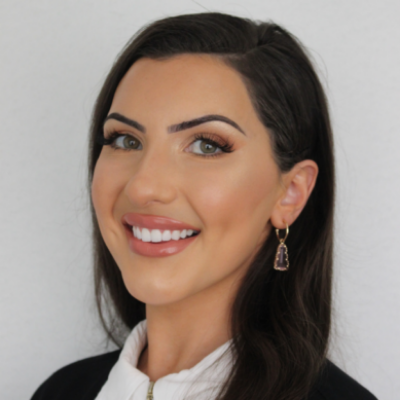
Charlotte Woolfe
Was this page helpful?
 Share
Share

